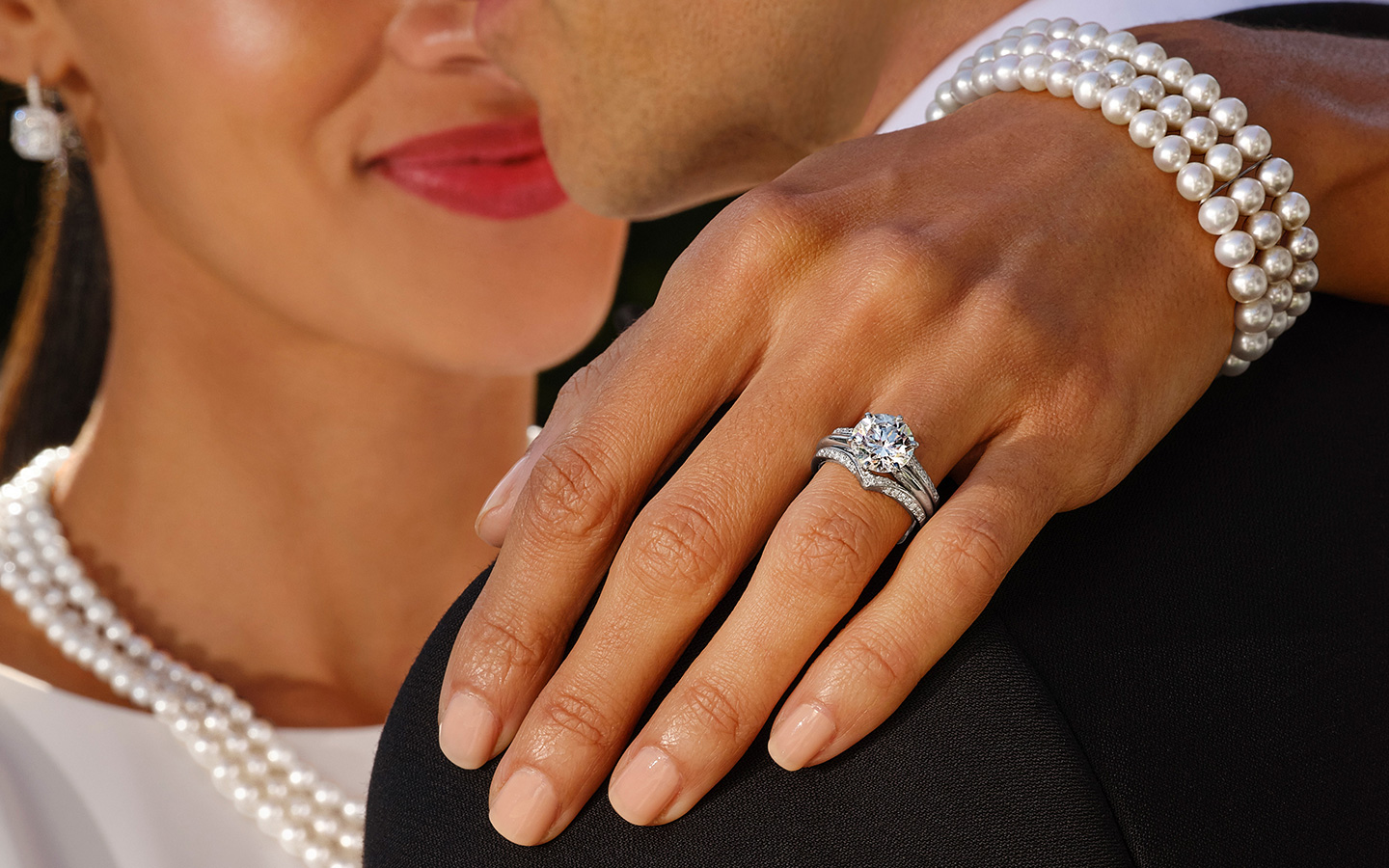
Many users of Alexa devices have expressed concerns about whether their devices are spying on them. The issue of privacy and security with smart home devices is a hot topic, and it’s important for consumers to be well-informed about the potential risks. In this article, we will explore the question: Is your Alexa device listening in on other Alexa devices? We’ll provide you with the information you need to know to make an informed decision about the privacy of your Alexa device.
What Does “Alexa Listen in on Other Alexa Devices” Mean?
First, let’s clarify what it means for Alexa to listen in on other Alexa devices. This feature, known as “drop-in,” allows users to connect with other Alexa devices in their home. It’s intended to be used for communication purposes, such as checking in on a family member or speaking with someone in another room. When one Alexa device is activated for drop-in, it essentially becomes a listening device for the user on the other end of the connection.
Can Alexa Listen in on Other Alexa Devices Without Your Permission?
One of the main concerns users have is whether Alexa can listen in on other devices without their permission. The answer to this question is nuanced. By default, drop-in is turned off on Alexa devices. Users have to explicitly enable the feature and grant permission for specific contacts to drop in on their device. However, if the drop-in feature is enabled and permission is granted, it is possible for someone to listen in on your Alexa device without your explicit consent at that moment.
What Are the Privacy Controls for “Alexa Listen in on Other Alexa Devices”?
To address privacy concerns related to the drop-in feature, Amazon has implemented a number of controls that give users the ability to manage who can drop in on their Alexa devices. Users can customize their privacy settings to require a verbal confirmation before allowing a drop-in connection. They can also limit drop-in permissions to specific contacts or disable the feature entirely. These controls provide users with options to safeguard their privacy and maintain control over their devices.
What Are the Risks of “Alexa Listen in on Other Alexa Devices”?
While the drop-in feature can be a convenient way to communicate within a home, there are inherent risks associated with it. Allowing someone to drop in on your Alexa device means that they can listen to what is happening in your environment at any given time. This raises concerns about potential privacy violations and the possibility of unauthorized surveillance. Users must weigh the benefits of the feature against the potential risks and make an informed decision about how they want to use it.
How to Protect Your Privacy with Alexa Devices
There are several steps you can take to protect your privacy when using Alexa devices. First and foremost, review and adjust your privacy settings to ensure that you are comfortable with the permissions you have granted. Be mindful of who you allow to drop in on your device, and consider using the verbal confirmation option for added security. Additionally, be cautious about where you place your Alexa devices to minimize the risk of unintentional drop-ins or unauthorized access. Finally, stay informed about updates and changes to the drop-in feature and other privacy controls to maintain a strong security posture.
Conclusion
In conclusion, the “Alexa Listen in on Other Alexa Devices” feature, also known as drop-in, has raised valid concerns about privacy and security. While the feature can be a useful tool for communication within a home, it is important for users to understand the implications and risks associated with it. By taking advantage of the privacy controls made available by Amazon and exercising caution in how they use the drop-in feature, users can mitigate potential privacy violations and maintain greater control over their Alexa devices.
FAQs
Can Alexa devices listen in on other devices without permission?
By default, the drop-in feature is turned off on Alexa devices, and users have to explicitly enable and grant permission for it to be used.
What privacy controls are available for Alexa devices?
Amazon provides users with a range of privacy controls to manage who can drop in on their Alexa devices and enable verbal confirmation for added security.
What are the risks of using the drop-in feature?
The main risk of using the drop-in feature is the potential for privacy violations and unauthorized surveillance if someone is able to listen in on an Alexa device without the user’s consent.
alexa listen in on other alexa devices
Alexa devices have become a staple in many homes, allowing users to easily play music, set reminders, and even control smart home devices through voice commands. However, concerns have been raised about the potential for these devices to eavesdrop on conversations and spy on users. It’s important for consumers to understand the capabilities and limitations of Alexa devices in order to protect their privacy.
One of the main concerns about Alexa devices is the possibility of them recording and storing conversations without the user’s knowledge. While Alexa devices do record audio when activated by a wake word like “Alexa,” users can easily review and delete these recordings through the Alexa app. Additionally, users can also opt out of having their voice recordings used to help improve Alexa’s performance.
Another potential privacy issue with Alexa devices is the sharing of data with third-party developers. When users enable and use third-party skills or apps on their Alexa devices, they may be unknowingly sharing information with these developers. It’s important for users to carefully review and understand the privacy policies of any third-party skills they enable on their Alexa devices.
Amazon, the company behind Alexa devices, has emphasized its commitment to protecting user privacy and ensuring that Alexa devices are designed with security in mind. Alexa devices use encryption to secure data transmissions and have built-in privacy controls that allow users to manage their privacy settings and control the information shared with Amazon.
Despite these privacy protections, it’s still important for users to be mindful of the potential privacy implications when using Alexa devices. This includes being cautious about the kind of information shared with Alexa and being aware of the potential for unauthorized access to Alexa devices through hacking or other security breaches.
To further enhance privacy and security when using Alexa devices, users should regularly update their devices with the latest software and firmware updates. These updates often include important security patches that help protect against potential vulnerabilities.
Ultimately, while there are valid privacy concerns associated with Alexa devices, users can take proactive steps to protect their privacy and ensure that their interactions with Alexa are secure. By staying informed about the capabilities and limitations of Alexa devices and following best practices for privacy and security, users can continue to enjoy the convenience and functionality of their Alexa devices while minimizing potential privacy risks. alexa listen in on other alexa devices







